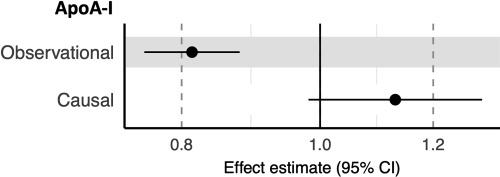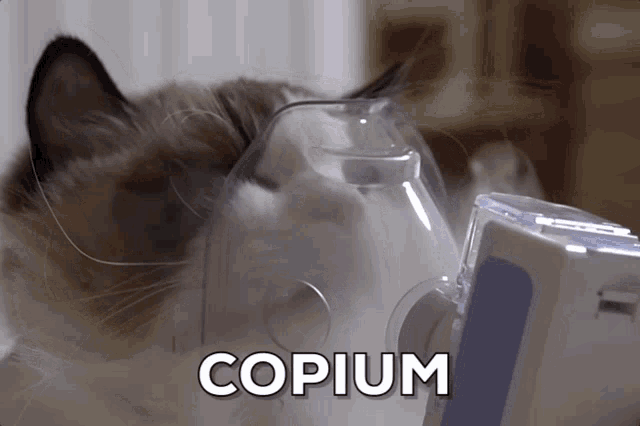Here’s my latest Wise Athletes podcast episode…on Nitric Oxide with Beth Shirley (works with Berkley Life supplements company). This is not about longevity, but quite obviously it has longevity and healthspan implications. Older people have less NO production, which impedes bloodflow and healing with many downstream implications: blood pressure, CVD, blood sugar, immune function, cognition. You can improve NO with enough nitrates in the diet as long as you don’t kill your oral mircobiome needed to convert nitrates to nitrite. Enjoy! Nitric Oxide for better bloodflow and healing
12 Likes
Summary: NO is critical to proper blood flow and healing. Symptoms of low NO: high blood pressure, brain fog, slow healing, declining athletic performance, ED, insulin resistance.
A key thing to know about NO is we make it two ways: (1) eNOS + arginine —> NO and (2) nitrate —> nitrite—> NO
eNOS pathway declines with age. Down to 15-20% by 60 yo. Can improve with dietary nitrates and endurance exercise.
Nitrate —> nitrite pathway is dependent on consuming 300mg nitrates per day AND having healthy oral microbiome to convert nitrate to nitrite. Antiseptic mouthwash and toothpaste can kill good bugs in mouth.
Key takeaway
- eat / supplement 300-400 mg nitrates everyday
- keep you oral microbiome healthy
7 Likes
Arhu
#3
How about the consumption of nitrites a common but maligned preservative (e249, e250) of mainly cured meats?
3 Likes
The “danger” of nitrates turning into nitrosamines is not good science. There is much more nitrate in vegetables than processed meats. When nitrates are eaten with vit c the nitrates cannot be converted into nitrosamines (carcinogen). Meats that say “no nitrates added” use celery powder (that contains nitrates) instead.
1 Like
Jonas
#5
Seriously, I love salami and prosciutto. Just tell me how much I cant eat!
2 Likes
The nitrates are not the problem with processed meats. But there is something about processed meats that would lead a cautious person to limit intake. Colon cancer has long been a fear of mine.
1 Like
Arhu
#7
Iirc the increase in cancer risk from processed meat is just 0.04% (i could be off by a few hundredths but the order is correct).
Yes, Just like Taurine and Glutathione. Nitric Oxide always goes down with age. To bring it up to normal levels might a a good strategy.
I would really like to see a project about NO and aging. A project in the same style like now have been presented around Taurine. For now, I wonder if there are any recent good sceintific reviews about NO and aging. I have this one. Does anyone here have a newer one?
2 Likes
A_User
#9
The absolute “expert” risk increase is about 1% on average:
1 Like
Arhu
#10
I can’t find the article but I was referring to mortality. Around 52000 people per year in the US die from colorectal cancers out of 3.3 million and according to the WHO the relative risk from meat is 1.18, so that’s around 0.4% more risk of dying from colorectal cancer from meat…
1 Like
I’ve mentioned before that I really like pine bark extract for NO production. I’ve been using it for years and am now on a fairly high dose. It’s part of the formula, along with gotu kola, that’s been shown to inhibit the atherosclerosis process in several human studies.
New study: pine bark extract boosts nitric oxide production (medicalxpress.com)
3 Likes
That’s useful. Thanks. After reading the article I think its effect is as a multiplier of existing NO production. Getting enough nitrates in the diet, and having the oral microbiome to convert nitrate to nitrite is still necessary. That’s the step I’m still working on.
2 Likes
I find that the research that Sheekey reviews here shows the importance of healthy arterial and capillary health. It is done on a special breed of mice, but they got an amazing lifeextension. This in spite of the fact that mice are very prone to cancer and most often die of it.
This is important since, just as some diseases and aging are mediated through decreased NO signaling, recent studies have also linked hyperactive NO signaling, as manifested by increased iNOS expression, to breast cancer progression and patient outcome. And also to some brain cancers. this makes the research above fascinating. Fewer cancers exist in the mice, even though we know that some cancers grow and spread through VEGF, hyperactive NO signaling, and increased blood supply.
There is also research showing that mice that have access to lifelong exercise die less often of cancer.
On the other hand so can we see that NO can have positive as well as negative implications for the brain. Bringing up NO the youthful levels seems to be a healthy strategy. Eating vegetables like beet juice, spinach etc. citrulline, Sildenafil/taldalafil, exercise, pine bark, pomegranate?
“During aging and pathological processes, the behavior of NO can turn harmful when it reacts with superoxide anion to form peroxynitrite. This gaseous compound can diffuse easily throughout the neuronal membranes, damaging lipid, proteins and nucleic acids. In the case of proteins, peroxynitrite reacts mostly with the phenolic ring of the tyrosines forming nitro-tyrosines that dramatically affects the physiological functions of the proteins. Protein nitrotyrosination is an irreversible process that also yields to the accumulation of the modified proteins contributing to the onset and progression of neurodegenerative processes such as Alzheimer’s disease or Parkinson’s disease.”
And still, there is a correlation between Viagra and a much lower incidence of Alzheimer’s. This makes the blood supply to the cells a complex but hopefully fruitful target in a quest to rejuvenate our bodies.
4 Likes
@Curious this is great info. The only thing you didn’t menu was the importance of the oral microbiome (antiseptic mouthwash, Fluoride toothpaste, aggressive tongue scrubbing (my habit)).
2 Likes
It was my understanding that generalized NO was indicative of elevated ROS and that is different from endothelial NO which is what we want to increase.
@rivasp12 Talking with Beth Shirley and listening to Dr Bryan, it is both (1) eNOS + arginine, and (2) nitrate → nitrite → NO. But, as we get older, eNOS becomes more and more dysfunctional, so we rely more on dietary nitrates plus oral microbiome to convert to nitrite. The nitrates also help to restore the eNOS.
Of late, studies are showing the importance of the ApoB to ApoA-1 ratio as even better predictors of cardiovascular events.
In the discussion portion of this study they make mention that ApoA-1 stimulates the endothelial production of NO contributing to its beneficial effects.
1 Like
A_User
#18
apoA-1 is just observational copium, genetic studies show it’s not causal:
Genetic evidence fails to support a cardioprotective role for apoA-I. This is in line with the cumulative evidence showing that HDL-related phenotypes are unlikely to have a protective role in CAD.

https://www.atherosclerosis-journal.com/article/S0021-9150(20)30081-2/fulltext
“Noooo! My apoB doesn’t matter because my apoA-1 is fine!! My ApoA-1 to ApoB ratio is good!”

2 Likes
zazim
#19
Thomas Dayspring would agree with that assessment. He said that they would reject any paper that relied on those sorts of ratios (he included triglycerides/HDL in the same bucket).
1 Like
A_User
#20
I don’t think he would use the same language, but yes I can’t remember him talking about apoA-1, which why I am not surprised with the result.